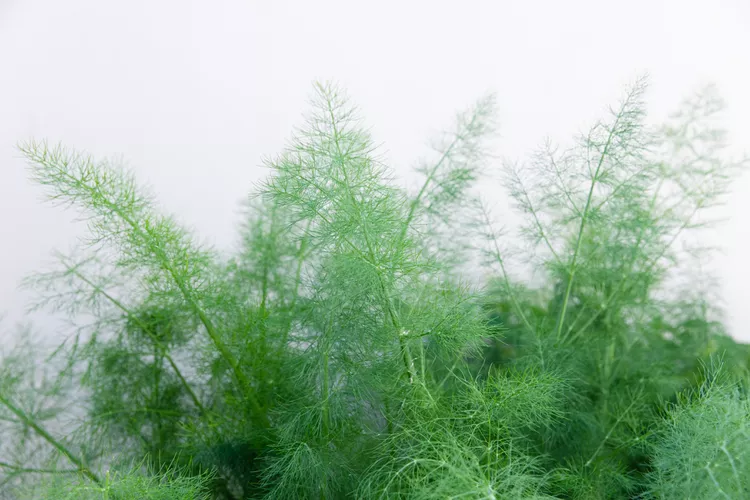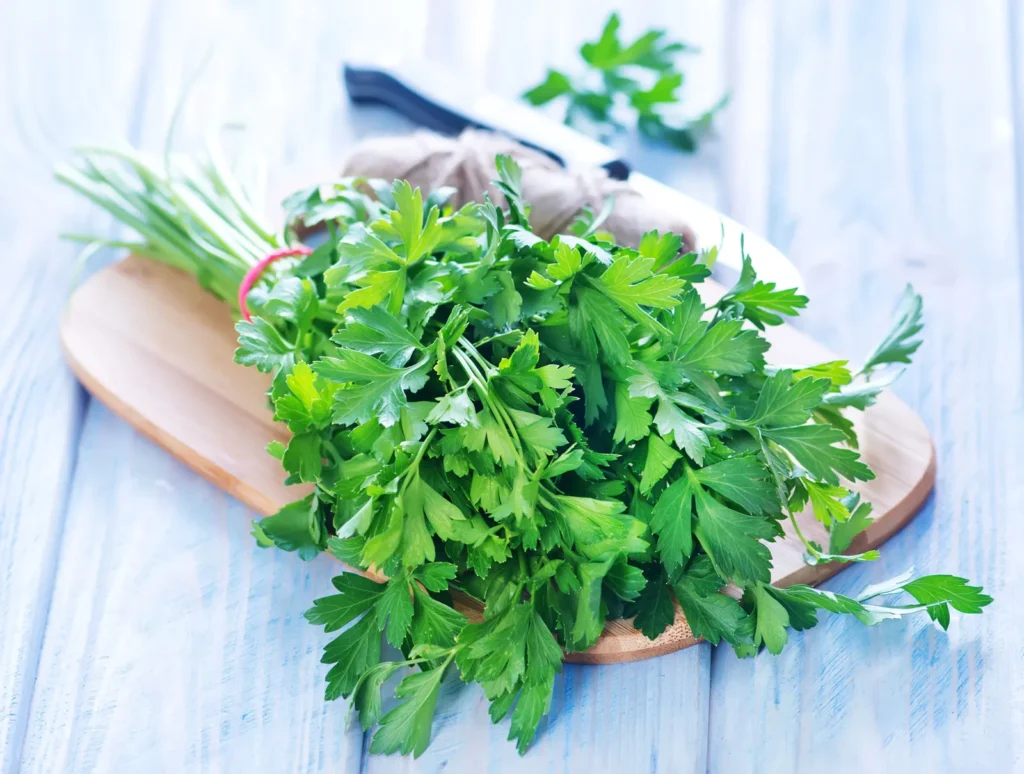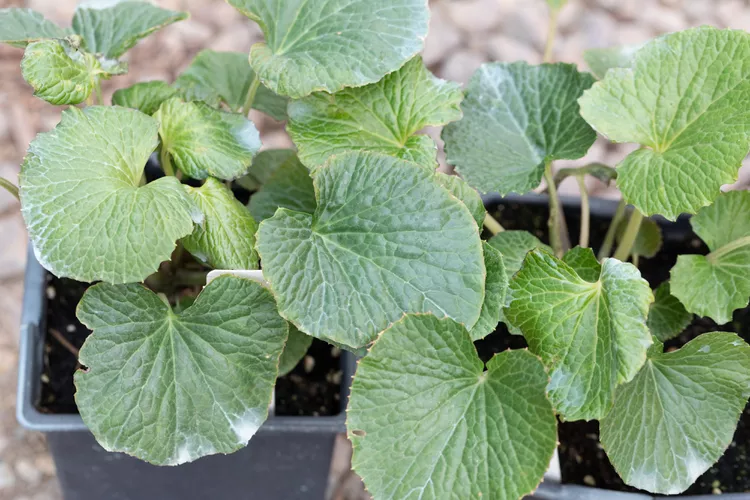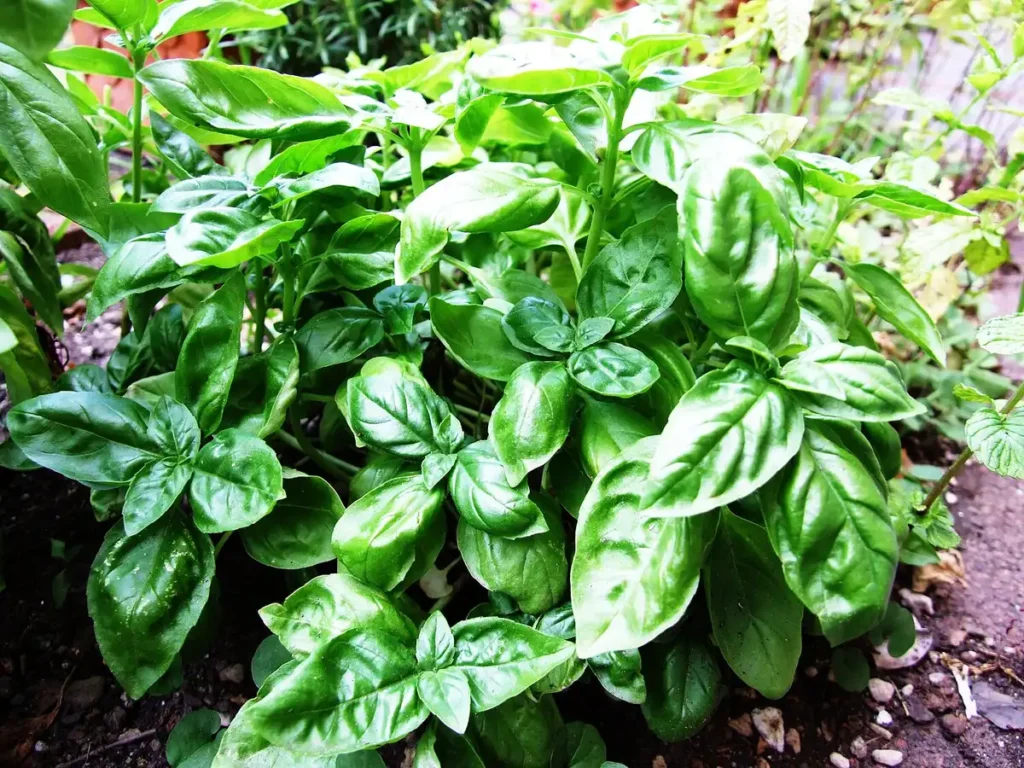
Description
The perennial herb fennel (Foeniculum vulgare) is grown for both its decorative and culinary uses. Its tall stature, fragrant, fluffy, branching yellow-green foliage can be used in cottage gardens, border plants, and other creative arrangements. During the summer, the plant bears little yellow flowers that are followed by fragrant seeds that can be picked together with the leaves.
Habitat
Although it is native to the Mediterranean coast, it has spread much over the world and is now found on dry soils near rivers and the sea.
Uses
The ancient Greeks and Romans valued fennel and used it for food, medicine, and bug repellant. Traditional medicine has utilized Foeniculum vulgare Mill, sometimes known as fennel, to treat a variety of conditions affecting the respiratory, endocrine, digestive, and reproductive systems. Furthermore, it serves as a galactagogue agent for nursing moms. Because swallowtail caterpillars use it as a food source and pupal location, it is also an excellent option for butterfly gardens.

Varieties
Cultivars of Florence fennel include:
‘Solaris’ yields huge, semi-flat bulbs that do not bolt.
“Zefa fino” is a big variety that resists bolting and is ready for harvest in 80 days.
“Orion” produces huge, thick, spherical bulbs with a crisp texture that are ready to be harvested in 80 days.
Among the herb fennel variations are: ‘Dulce’ has a very sweet taste.
Because of its bronze foliage, “Rubrum” is sometimes known as red fennel or bronze fennel.
Plant Care
- Light
Fennel requires full sun, which is six hours or more of direct sunlight most days. Shaded areas will cause it to become leggy and flopping.
- Soil
Plant fennel in soil that is well-drained, fertile, and wet. Its ideal soil pH is slightly acidic.
- Water
Evenly moist, but not saturated soil, is ideal for fennel. Water the plant whenever it feels like the soil is getting dry, but avoid letting it become too wet.
- Temperature and Humidity
In its growth zones, fennel is a perennial plant, however gardeners outside of these zones frequently grow it as an annual. Frost and low temperatures can harm the plant. Furthermore, it may bolt and go to seed in hot and dry conditions. If the weather stays relatively warm, gardeners in warmer climes can occasionally plant in the late summer for a fall harvest. The ideal growing conditions for the plant are moderate humidity and temperatures between 60 and 70 degrees Fahrenheit.
- Fertilizer
Fertilizer is usually not needed for fennel. However, during the growing season, it will benefit from having compost mixed into the soil after planting and a layer of compost applied around its base every few months.
Table





